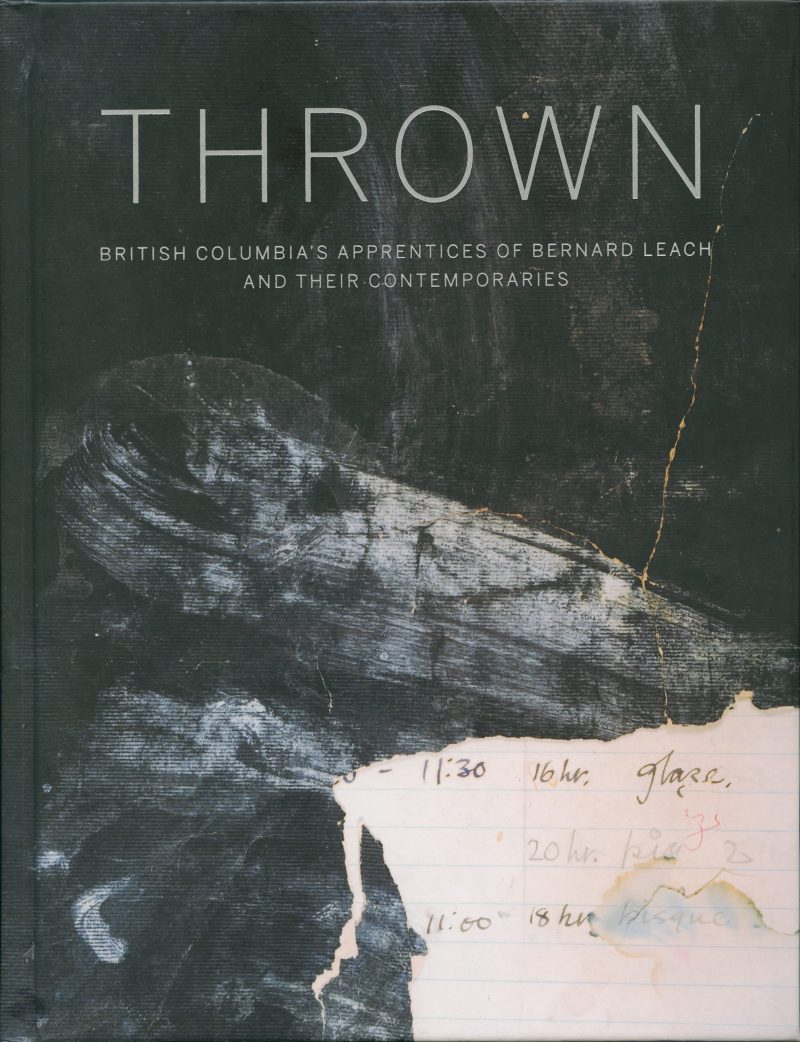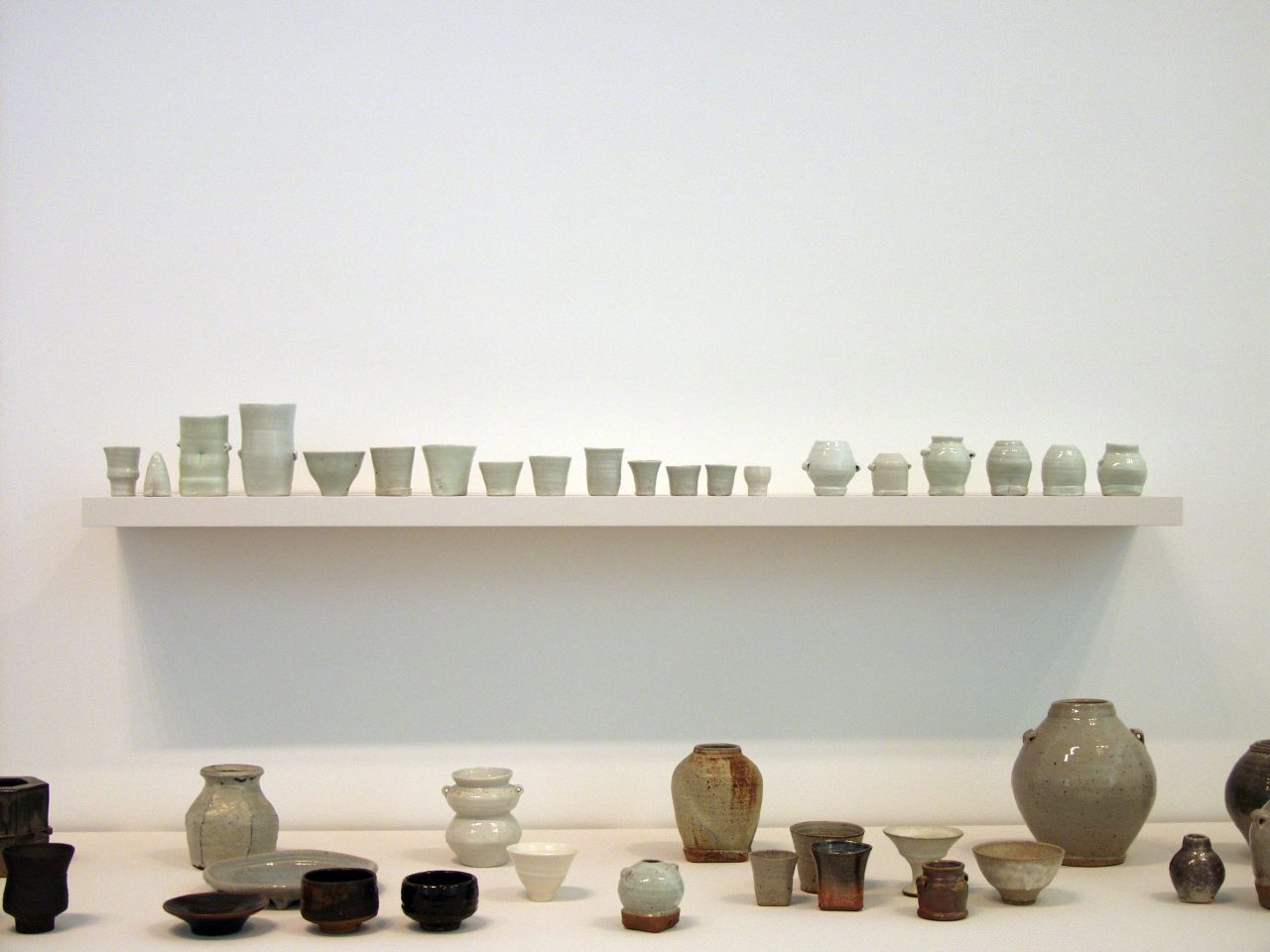
Exhibition catalogue from Thrown: Influences and Intentions of West Coast Ceramics at the Belkin (30 January-4 April 2004) with contributions by Glenn Allison, Gwyn Hanssen Pigott, Michael Henry, Tam Irving, Charmian Johnson, Glenn Lewis, Lee Plested, Herbert Read, John Reeve, Naomi Sawada, Doris Shadbolt, Ian Steele, Nora Vaillant, Scott Watson and Soetsu Yanagi. For fans of contemporary art and arts and crafts, this book is the first of its kind in the history of art in Vancouver and was a finalist for the BC Book Prizes – Roderick Haig-Brown Regional Prize. Thrown brings together essays by curators, first hand accounts by potters, archival documents, photographs and letters from the personal collections of seven highly respected potters who began to throw pots in the Vancouver west coast area during the 1960s. The book is inspired by the Belkin’s ground breaking exhibition, Thrown: Influences and Intentions of West Coast Potters. Selected by Matthew Higgs as one of the “Top 10 shows of 2004” (Artforum International) for its unconventional and compelling approach to the studio pottery movement, the exhibition featured over 600 pots by John Reeve, Glenn Lewis, Michael Henry and Ian Steele—the four Canadian apprentices of English potter Bernard Leach—and their like-minded contemporaries Tam Irving, Charmian Johnson and Wayne Ngan. Fresh from their studies at the Vancouver College of Art, each of the four travelled to St. Ives in Cornwall, England and completed a two-year apprenticeship: Reeve, 1958-61; Lewis 1961-63; Henry 1963-65; and Steele 1963-65. When they returned to Vancouver, they found themselves in the swirl and experimentation of the 1960s Vancouver art scene. Filled with colour and black & white pictures, stories and letters, Thrown will enchant anyone who is interested in the Vancouver art scene of the 1960s and 1970s.
